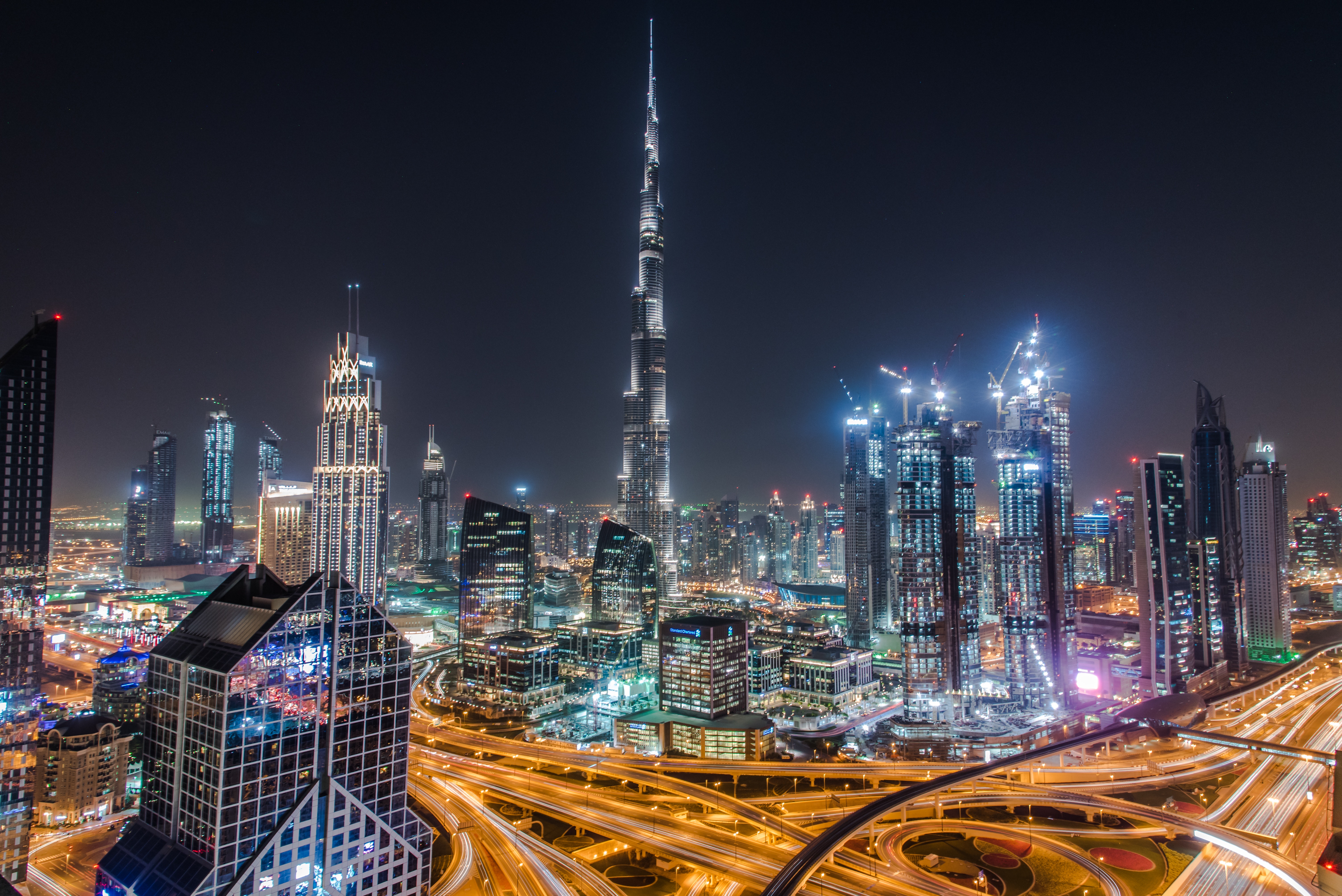Dubai unveils first net-positive mosque in Middle East
Hyphen Web Desk

Designed to produce around 26 percent more energy than its own requirements, the mosque utilizes advanced solar panels, green building materials, and energy-efficient fixtures to reduce its environmental impact. By generating an annual surplus of approximately 30 megawatt-hours of renewable energy, this structure goes beyond mere energy neutrality, setting a new standard for green buildings in the Middle East. The mosque is not only an addition to Dubai’s religious and community spaces but also a model of sustainability for future religious and public infrastructure projects across the UAE.
The green initiative aligns with Dubai's broader environmental targets, especially its commitment to achieving net-zero emissions by 2050. Given the nation’s history of eco-innovations, including the region's first net-zero mosque currently underway in Abu Dhabi’s Masdar City, the UAE is demonstrating its intent to be at the forefront of environmentally responsible architecture and infrastructure. The Dubai project also reflects the city’s aspirations for COP28, where UAE leaders have emphasized sustainable practices on a global platform.
Energy savings are not the only focus. The mosque incorporates sustainable water systems, including low-flow fixtures and advanced water recycling methods, which will contribute to a 55% reduction in water use. The choice of building materials, notably recycled and locally sourced elements, has reduced the mosque's overall carbon footprint. Additionally, natural ventilation and energy-efficient lighting were key features integrated into the mosque's design to minimize dependence on non-renewable resources.
التسميات:
#Syndication
مشاركة:
